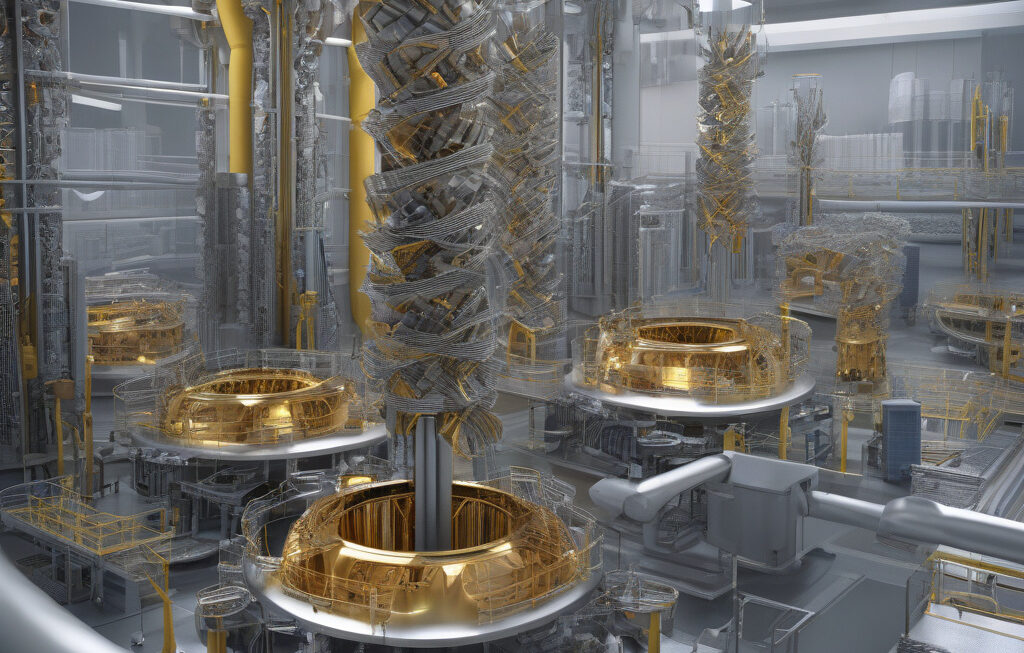From Kneecaps to Spaceships: Explainable AI Can Help Create Superalloys Faster Than Ever
Can you guess the recipe for a cake just by looking at a bakery shelf? Probably not. Similarly, in the realm of materials science, creating superalloys that can withstand extreme temperatures and pressures is a complex and intricate process that often relies on trial and error. However, with the advent of Explainable Artificial Intelligence (AI), researchers and engineers now have a powerful tool at their disposal to accelerate the development of these advanced materials.
Superalloys are a class of metallic alloys that exhibit excellent mechanical strength, corrosion resistance, and thermal stability, making them ideal for use in high-temperature applications such as jet engines, gas turbines, and spacecraft components. The key to their exceptional properties lies in the precise combination of elements and microstructures during the manufacturing process. Traditionally, designing new superalloys involved laborious experimentation and costly trial-and-error methods, which could take years to yield viable results.
Enter Explainable AI, a subset of artificial intelligence that focuses on providing transparent and understandable insights into the decision-making process of AI models. By leveraging Explainable AI algorithms, researchers can now analyze vast amounts of data to identify the optimal composition and processing conditions for superalloys with unprecedented speed and accuracy.
One of the primary advantages of Explainable AI in materials science is its ability to uncover hidden patterns and relationships within complex datasets that human researchers may overlook. For example, by feeding large datasets of material properties, processing parameters, and performance metrics into an Explainable AI model, researchers can identify correlations between specific alloy compositions and desired mechanical properties.
Moreover, Explainable AI can generate insightful visualizations and explanations to justify its recommendations, providing researchers with valuable guidance on which variables to prioritize in their experimental designs. This level of transparency not only enhances the credibility of AI-driven predictions but also empowers researchers to make informed decisions based on the underlying scientific principles governing the materials design process.
In the context of superalloy development, Explainable AI can expedite the screening of potential alloy compositions, predict their performance under different conditions, and optimize processing parameters to achieve the desired material properties. By combining the computational power of AI with the domain expertise of materials scientists, researchers can streamline the design cycle of superalloys from years to months, significantly reducing the time and resources required to bring new materials to market.
Furthermore, Explainable AI can facilitate collaboration and knowledge-sharing within the materials science community by providing a common platform for researchers to validate and refine their models. By openly sharing data, models, and insights, scientists can collectively enhance the predictive accuracy of AI algorithms and accelerate the pace of materials discovery and innovation.
In conclusion, the integration of Explainable AI in materials science holds tremendous promise for revolutionizing the way we design and engineer advanced materials like superalloys. By harnessing the power of transparent and interpretable AI models, researchers can unlock novel insights, overcome traditional bottlenecks, and unleash the full potential of materials design for a wide range of applications, from kneecaps to spaceships.
#ExplainableAI, #Superalloys, #MaterialsScience, #ArtificialIntelligence, #Innovation












